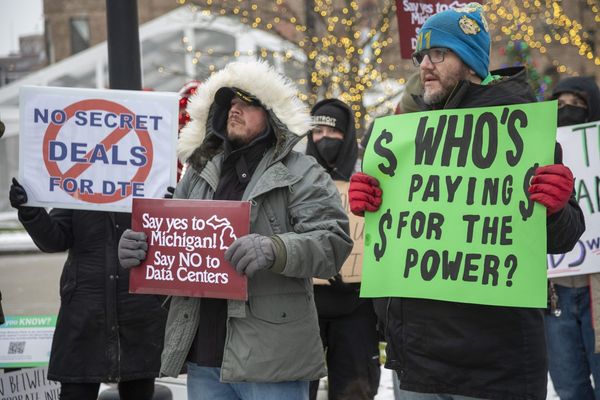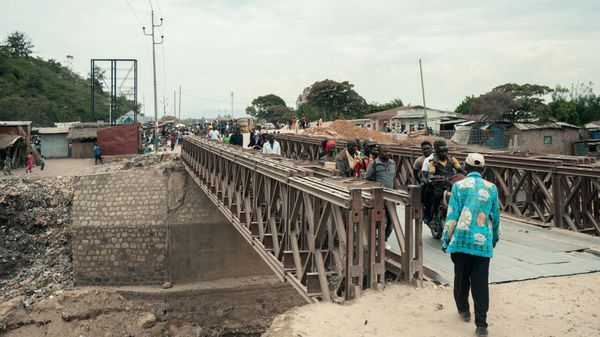
The history of nuclear power construction is the history of costs going up and up, and delays getting longer and longer — not just over the past decade but since the 1960s. And studies of what has caused such rampant inflation show Australia is in the worst position to enter the complex and eye-wateringly expensive business of building nuclear power plants.
Global price spikes in construction materials resulting from the pandemic and the invasion of Ukraine have helped push infrastructure costs up everywhere, but significant blowouts in the construction costs of nuclear power plants are a much older story (when Crikey first covered nuclear power in Australia, in 2009, the first thing we pointed out was the cost blowouts).
The issue is so endemic to nuclear power that whole studies have been written on it, along with a lively debate about what exact costs should be included in the assessment (some countries don’t provide proper costings of nuclear power plant construction; some researchers don’t count costs like interest on loans used to fund construction).
But there’s widespread agreement historically about the cause of cost blowouts right up to the Vogtle reactors in Georgia (the first new reactors in the US for decades, which ended up US$20 billion over their initial US$14 billion cost, inflicting massive cost increases for power on consumers) and Flamanville in France (€10 billion over its initial €3 billion cost): cost increases have been driven by increased regulation.
That is, nuclear regulators in Western countries have regularly upgraded safety requirements for reactors, requiring changes in designs already approved and in projects already under construction, often requiring completed work to be redone. This regular upgrading has in part been in response to major incidents such as Three Mile Island, Chernobyl and Fukushima; 9/11 also led to a decade-long process of upgrading safety standards in the US so that plants could withstand being hit by aircraft. And new regulatory requirements come with extensive quality assurance requirements so that regulators can be assured no corners have been cut or inferior products used in construction.
This has thwarted the ability to exploit “FOAK versus NOAK” efficiencies: First Of A Kind builds are significantly more expensive, but they provide learnings and a mature design that means subsequent builds of the same model (Nth of a Kind) are much cheaper. The CSIRO assumed substantial NOAK benefits in its GenCost costing of nuclear power plants in Australia. But you can never reach NOAK if regulators keep demanding changes to reactor design and construction that effectively make each new project a novel build. “To minimize the likelihood of cost overrun, plants should be built using mature designs that don’t need to be changed during the construction process,” one study concluded.
Efforts to fix these problems have often failed. The US moved to a one-step licensing process for both the building and operation of plants, in order to provide greater regulatory certainty, only for the resulting single licence process to become more burdensome, especially for proponents seeking to change already agreed design elements. The development of prefabricated reactors — one of the claimed virtues of much-vaunted, prohibitively expensive small modular reactors (SMRs) — has yielded only limited benefits: prefabricated modules are “often behind schedule, out of spec, and requiring significant rework — one downside of prefabrication is that problems that occur on-site are more difficult to fix”.
Australia has to design a regulatory and licensing framework from scratch — one good enough to address extensive public concern about nuclear safety. A coalition government could license a design (via a regulator that doesn’t yet exist and for which there is no skilled workforce) and guarantee no regulatory changes for the build’s life. But what to do if a major safety flaw is revealed in another nuclear or terrorism incident? Worse, ignoring the advice to use “the same reactor design on several sites”, the Coalition has committed to two different kinds of reactors: traditional large-scale reactors and SMRs. Despite the hype, SMRs remain experimental and aren’t commercially viable — they are not the “mature designs that don’t need to be changed during the construction process” that is the only bulwark against cost blowouts.
Worse is our disadvantage on workforce. “Building nuclear plants cost effectively requires developing and maintaining an experienced nuclear workforce,” one report concluded, noting “the lack of project management experience for nuclear plant construction (one of the most complex and expensive capital projects in existence) hinders delivering new plants on time and on budget.” Australia has no such skills and would have to import them all — at a time when the world’s nuclear workforce is approaching retirement and countries with established nuclear power industries are struggling to find workers for their own projects. EDF in France has only been able to repair major corrosion problems at its reactors by flying in American workers; the UK industry is struggling to attract young workers.
Pro-nuclear advocates are also clear about the extent to which governments — and thus taxpayers — will be on the hook when costs inevitably blow out. “In countries that successfully implement new-build projects, the government is highly involved in the nuclear construction programme. It absorbs the residual risks and provides the positive, long-standing policy signals and timely decision-making necessary for effective industrial planning and optimisation,” one nuclear lobby group concluded.
“Absorbing residual risk” is unsubtle code for the grim truth about nuclear power: not merely is it expensive, but it will always get more expensive. And it’s taxpayers who will always pay.
Have something to say about this article? Write to us at letters@crikey.com.au. Please include your full name to be considered for publication in Crikey’s Your Say. We reserve the right to edit for length and clarity.







